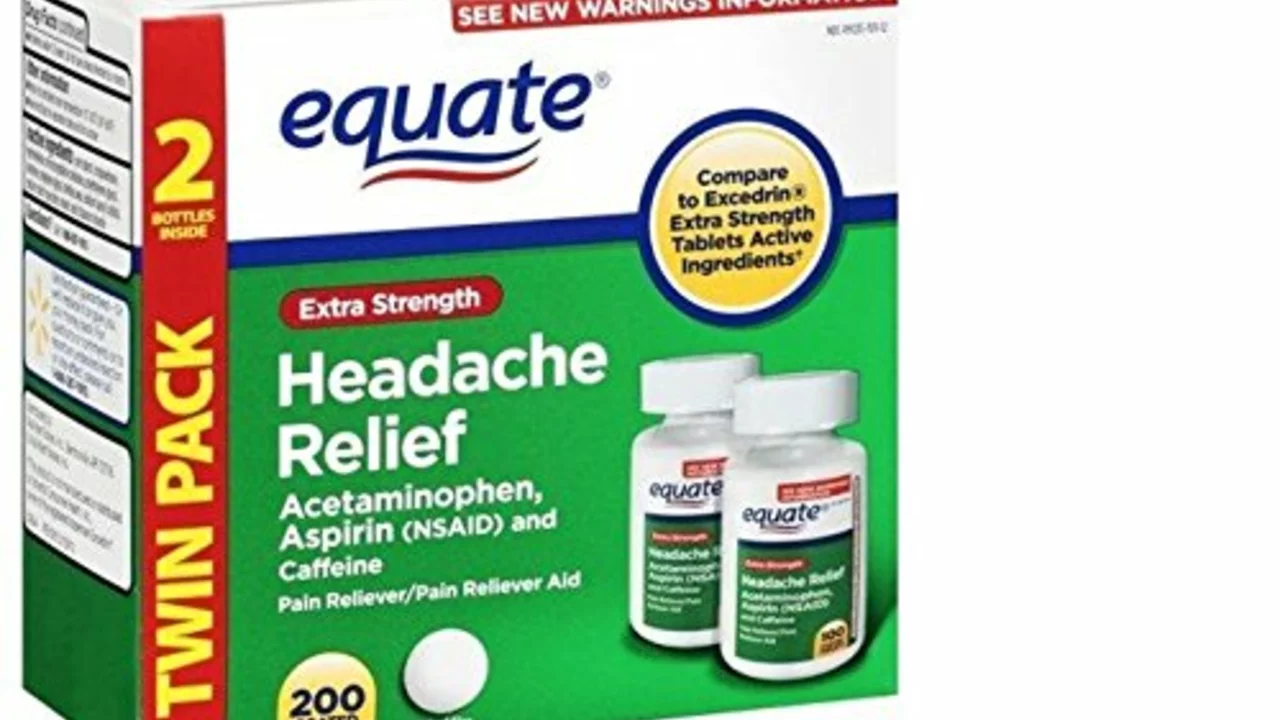Acetaminophen and Muscle Pain — August 2023 Posts
August 2023 on Canadian-Tabls focused on a practical question: can acetaminophen help when your muscles hurt? The main post breaks down what acetaminophen does, when it helps, and what to watch for. Below you’ll find the clear takeaways and simple tips you can use right away.
How acetaminophen helps
Acetaminophen (also called paracetamol) eases pain and lowers fever by acting on the brain’s pain pathways. That means it’s good for dull, aching pain after a workout or when your muscles are sore from overuse. If the pain comes from inflammation — a swollen ankle or a bruised muscle after a fall — drugs with anti-inflammatory action, like ibuprofen, often work better because they reduce swelling as well as pain.
So, if you pulled a muscle while lifting or have general post-exercise soreness, acetaminophen can reduce discomfort enough to move, stretch, and sleep. If the area is hot, swollen, or red, inflammation is likely a major factor and an NSAID might be more effective.
Safety and dosing tips
Common adult dosing is 500–1,000 mg every 4–6 hours as needed. Many product labels and health guides set a daily limit between 3,000 and 4,000 mg. Don’t mix multiple products that contain acetaminophen — cold and flu medicines often include it, which can push you past the safe limit without noticing.
Liver safety matters. Don’t drink alcohol while taking acetaminophen, and tell your doctor if you have liver disease. If you take other medicines or supplements, check with a pharmacist so you don’t accidentally double up on acetaminophen.
Practical combo: use acetaminophen for pain control plus simple physical care. Rest the muscle, apply ice during the first 48 hours if it’s swollen, switch to heat for tightness after a couple of days, and try gentle stretching. If pain limits normal movement, keep activity light until the worst eases.
When should you see a doctor? Get medical help if pain is severe and sudden, if swelling or bruising is extensive, if you have numbness or weakness, or if the pain doesn’t improve after a few days of home care. Also see a doctor if you accidentally take too much acetaminophen or develop yellowing of the skin, nausea, or severe stomach pain.
Bottom line from August’s post: acetaminophen works well for many types of muscle soreness and is easy to use, but it’s not a fix-all. Match the medicine to the cause of pain, watch your total daily dose, and pair medication with simple self-care to get better faster.
Want the full write-up? Check the original August 2023 article on Canadian-Tabls for examples, dosing details, and common mistakes to avoid when treating muscle pain at home.

